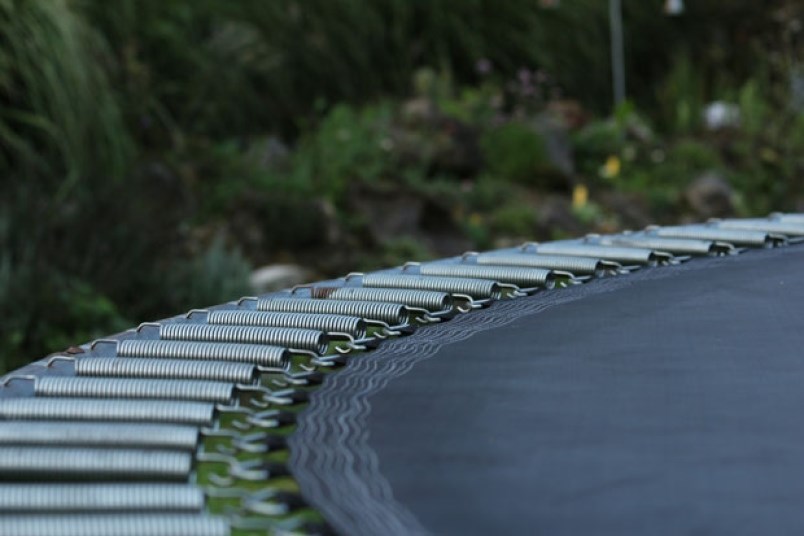The same safety measures that would apply to a backyard pool should be used for a backyard trampoline. Both can be fun and exciting, however they pose a great amount of risk and should be treated with respect.
That was the main message presented by Richard Woo of Delta Gymnastics at a trampoline safety session earlier this month at the gym club.
“Trampolines can be dangerous if rules are not in place for their use, so it is important that parents are aware and mindful of how they talk to their children about the do’s and don’ts of the trampoline,” Woo said.
As spring gets closer and the weather improves, trampolines should be checked prior to first use of the season for wear and tear on the tramp bed and to ensure the frame, screws and bolts are tight.
“These are basic checks that should be done various times throughout the season, as you would for pool cleanliness and safety,” said Woo.
Some rules of use include not wearing anything that could puncture the bed like keys, jewelry, footwear and belts as well as things that could block your vision or get tangled like hoods and long strings.
The trampoline beds are designed for one user at a time so the bounce is directed to the middle of the trampoline bed.
“Multiple users disrupt the bounce and may cause people to lose control and fall off the trampoline,” said Woo.
Another important rule is control before height and that landing is always done with both feet at the same time. Most injuries to the legs occur from landing on one leg. A safe way to land is on the bum or back to regain control.
“Avoid landing on the knees as it can hurt the lower back and keep the limbs tight to your body to avoid injuries on the arms or legs.”
Trampoline coaches do not allow any double bouncing as it poses a high risk of injury.
“We understand this is a common practice but our advice is simple: don’t do it,” cautioned Woo.




